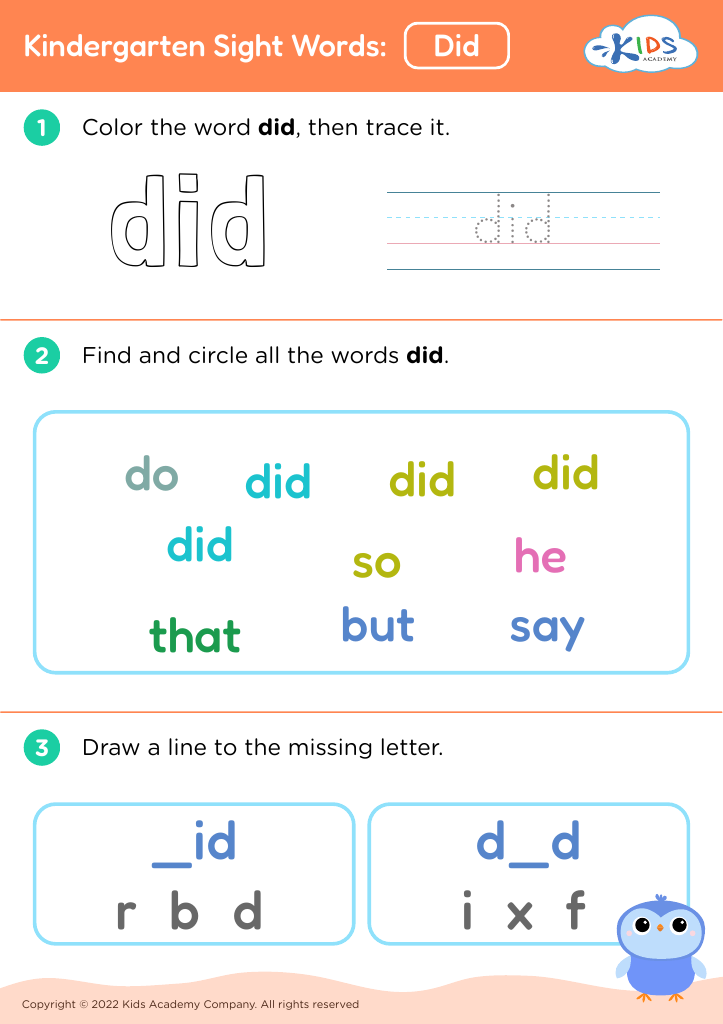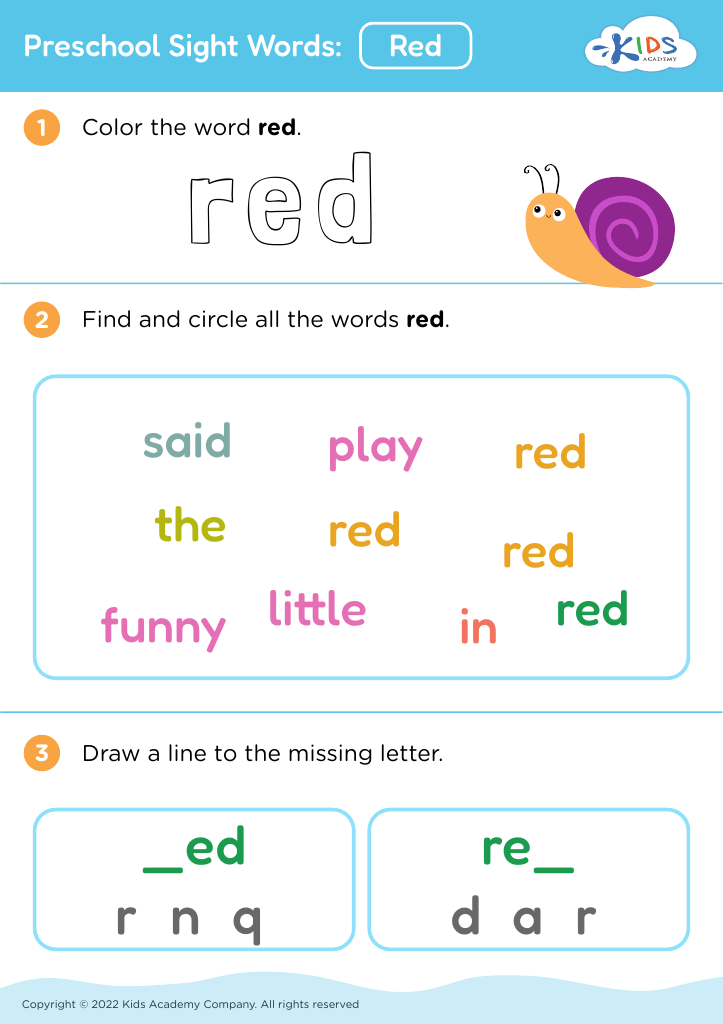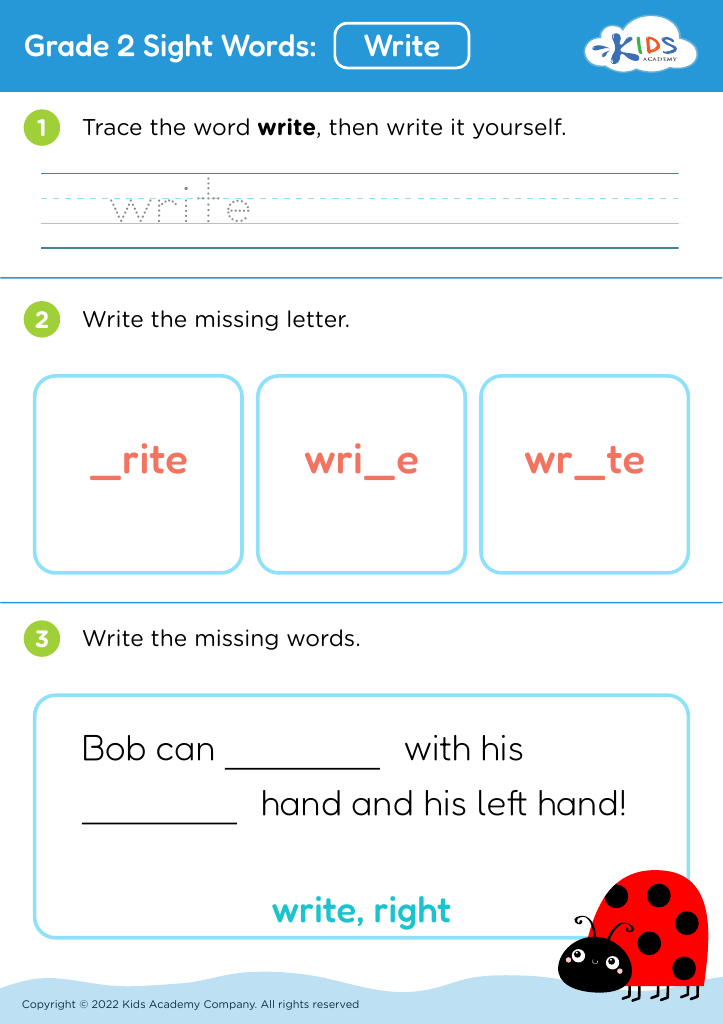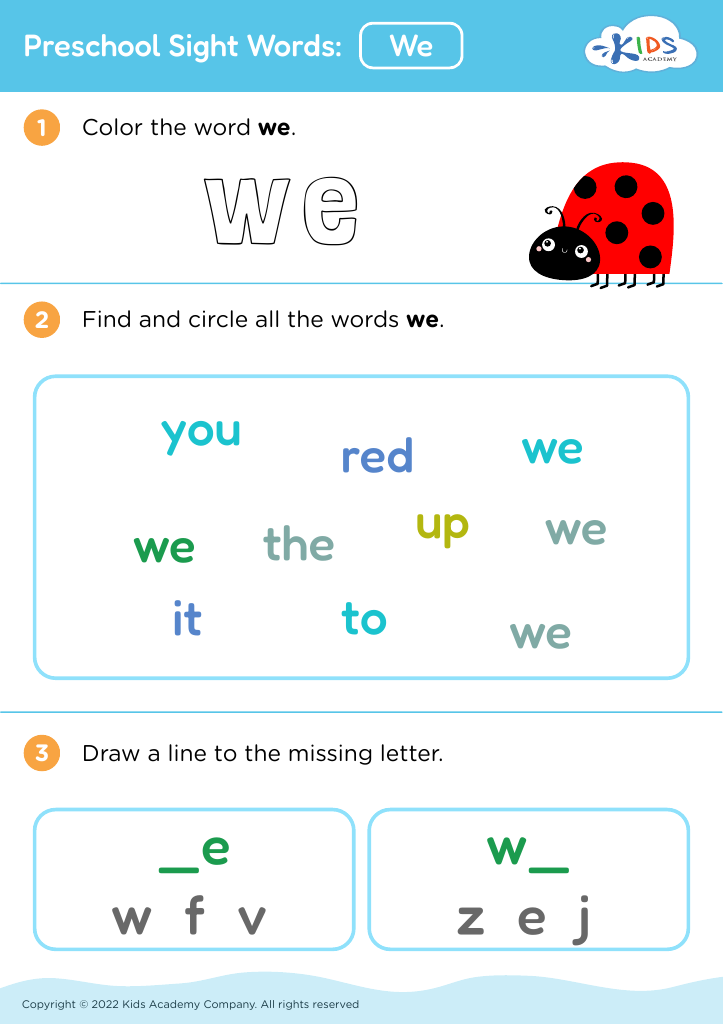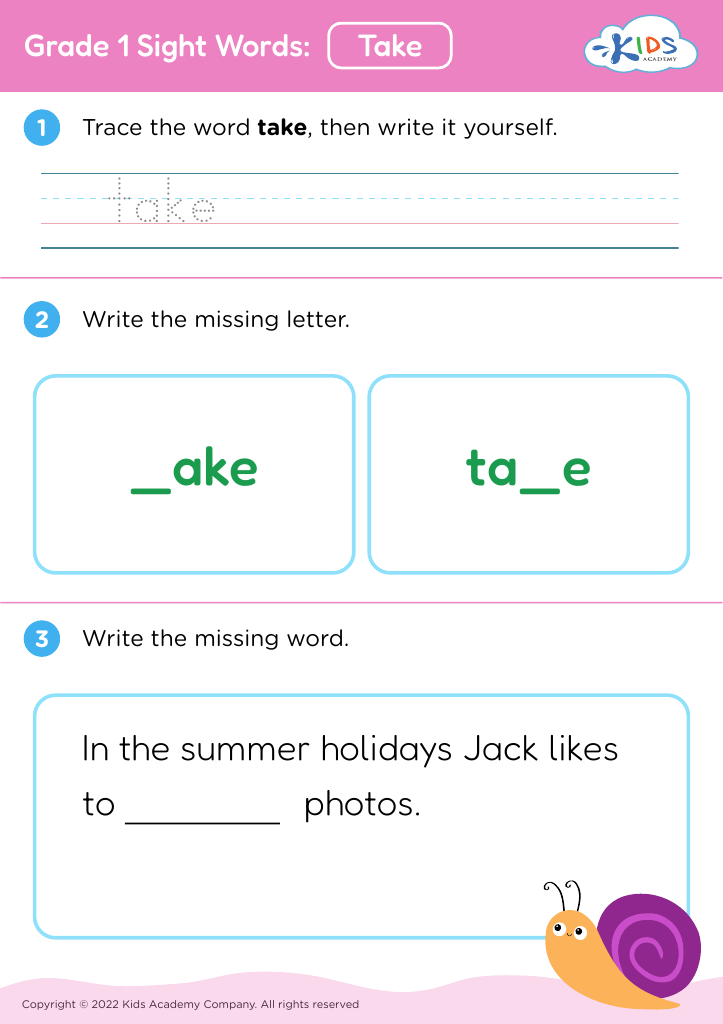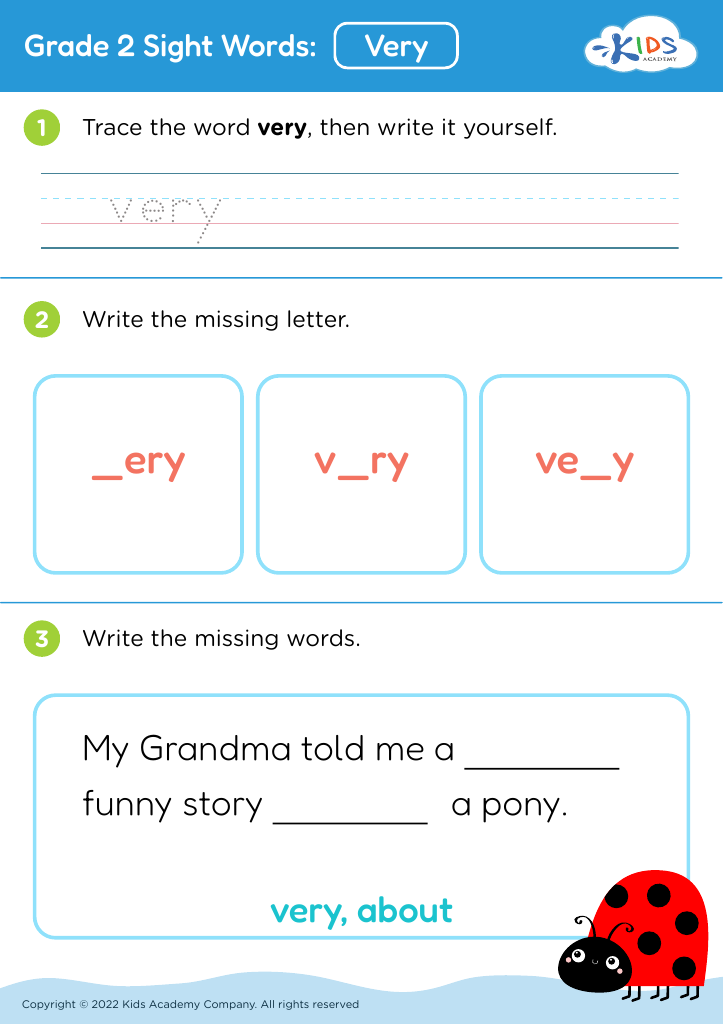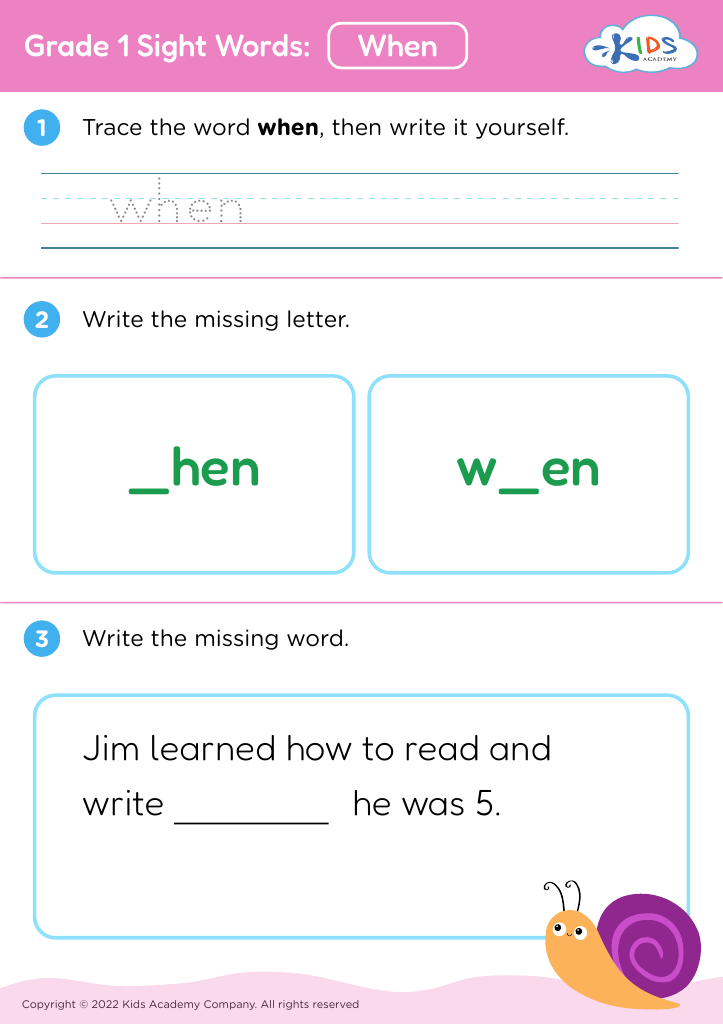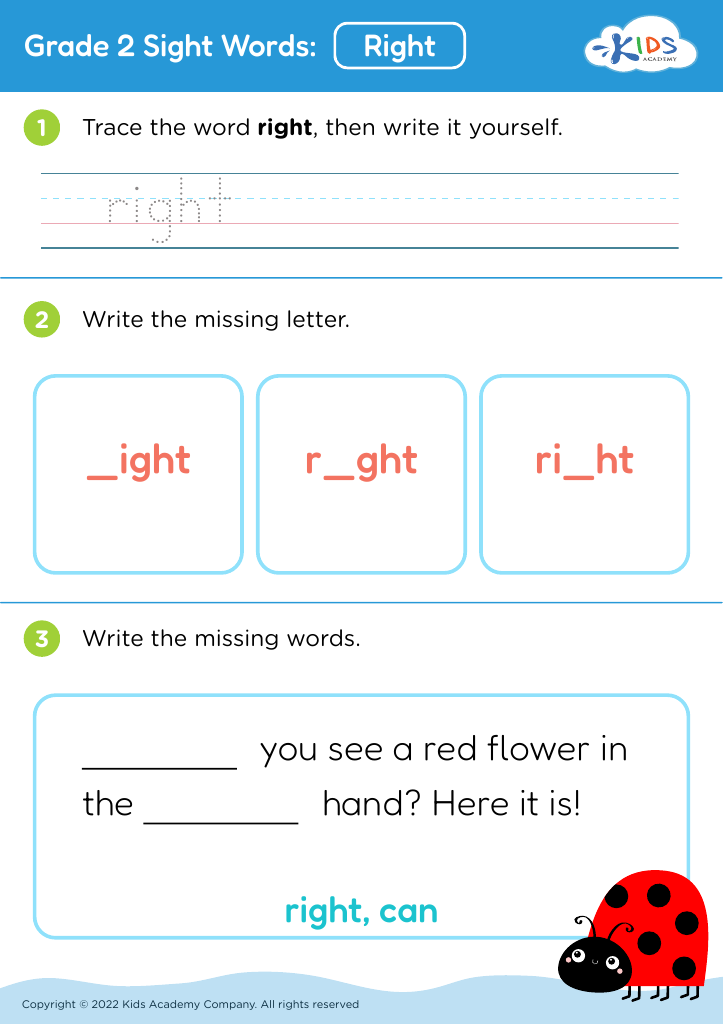Number Recognition Reading Worksheets for Ages 4-9
40 filtered results
-
From - To
Enhance your child’s foundational math skills with our Number Recognition Reading Worksheets, designed for ages 4 to 9! These engaging and interactive worksheets help young learners identify, read, and understand numbers through fun activities, enhancing both recognition and literacy. With colorful illustrations and age-appropriate exercises, your child will explore number concepts and develop essential skills in an enjoyable way. Perfect for homeschooling or supplementary learning, these worksheets foster a love for numbers while improving reading confidence. Start your child’s journey toward mastering numeracy today with our comprehensive resources that cater to their learning needs! Explore and download now!
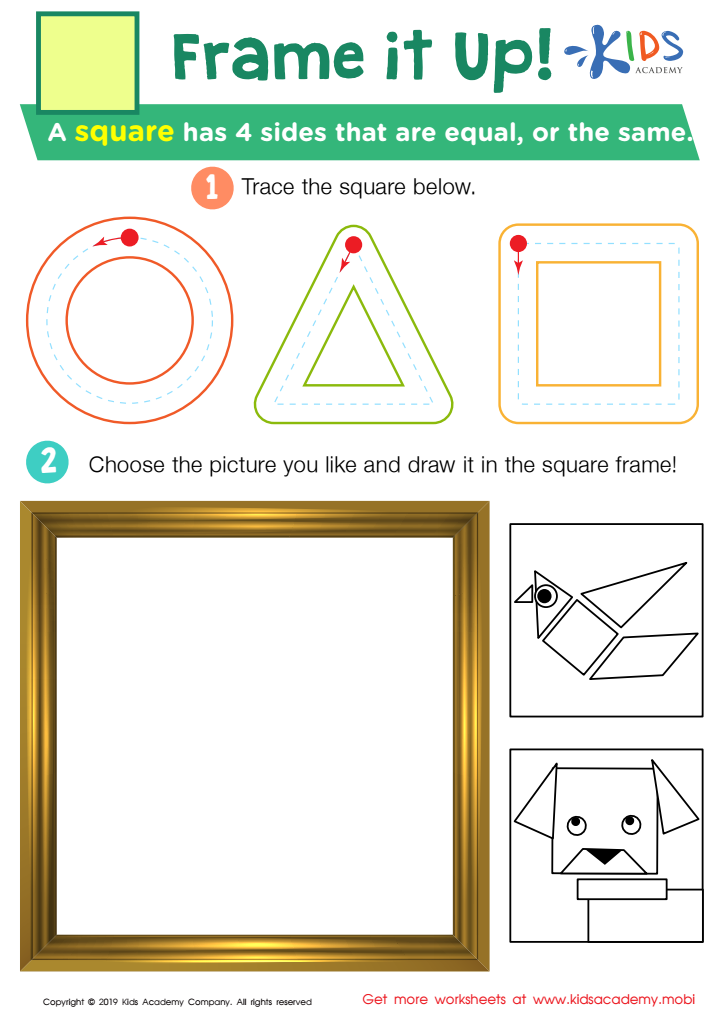

Frame it Up Worksheet
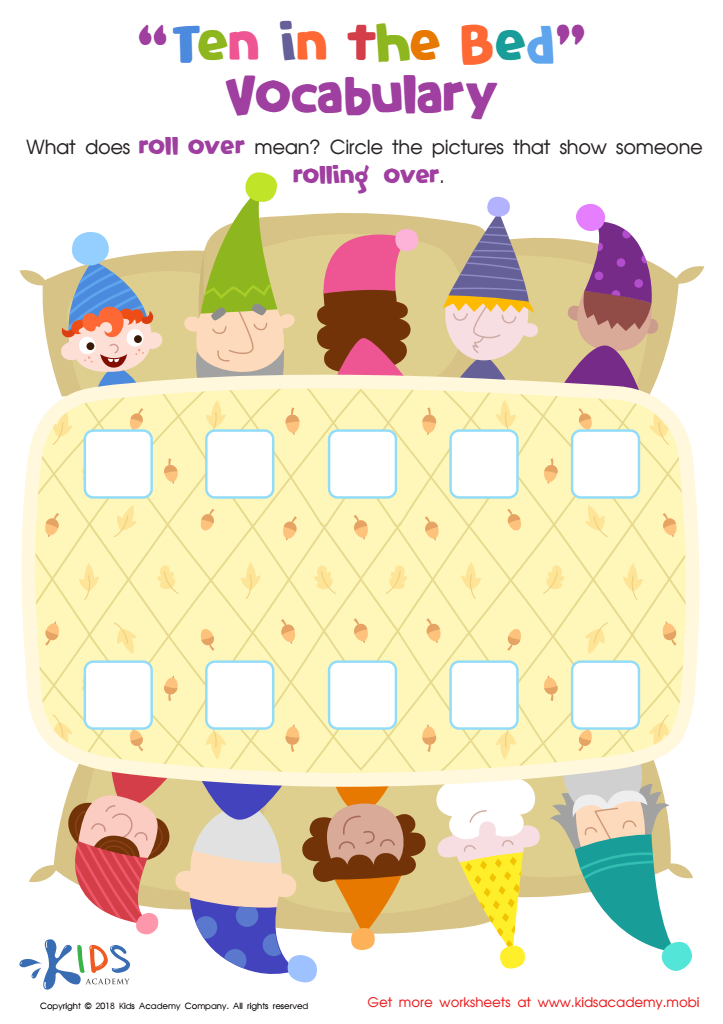

Ten in the Bed: Vocabulary Worksheet


Fish Worksheet
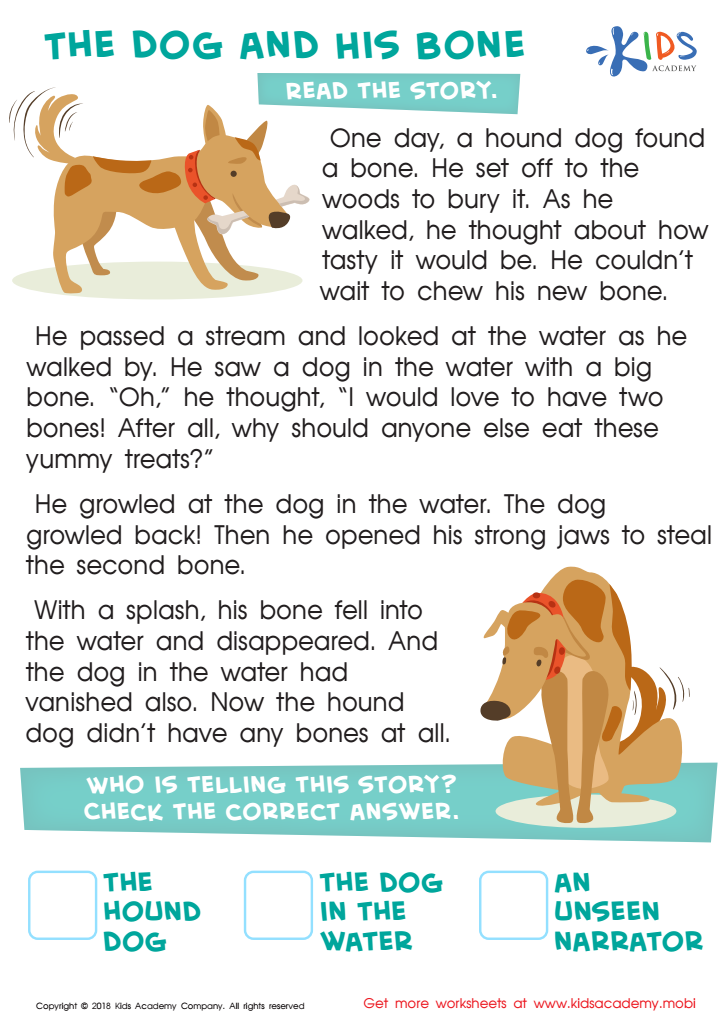

The Dog and His Bone Worksheet


More Octopus Facts Worksheet


Baby Pandas Worksheet


Adding Up with Old MacDonald Worksheet
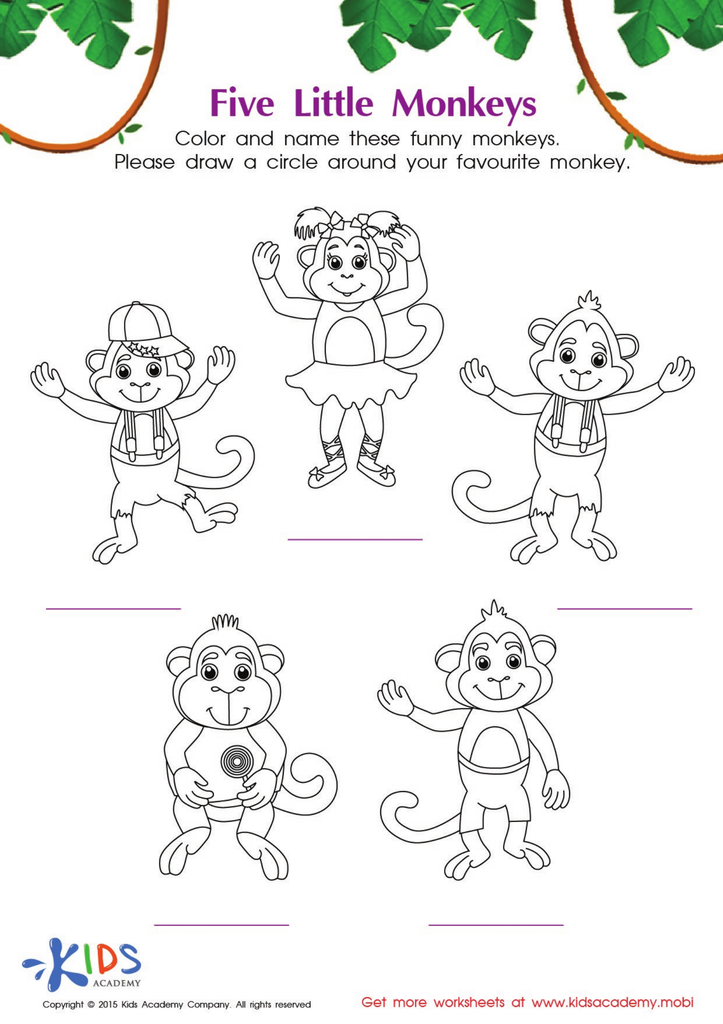

The Five Little Monkeys Coloring Worksheet
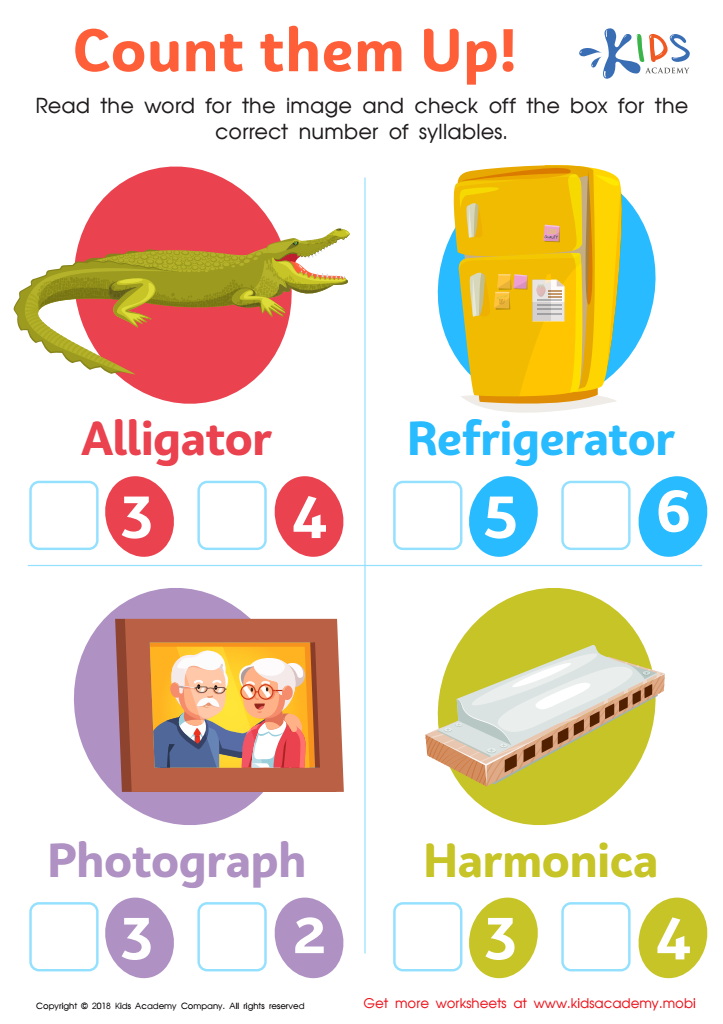

Count Them Up Worksheet
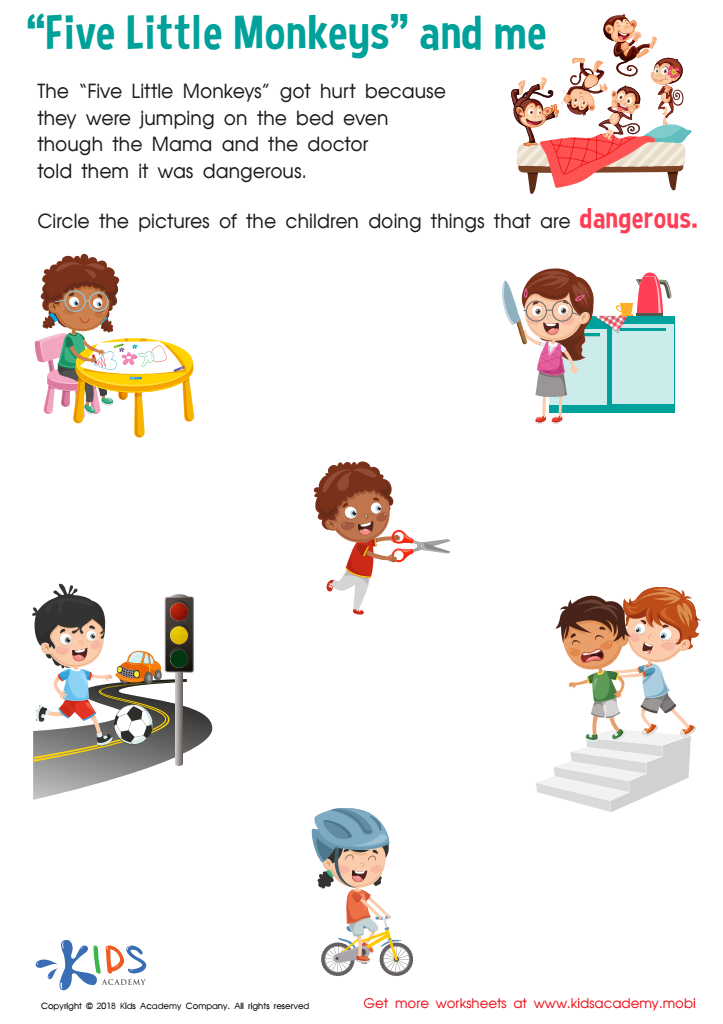

Five Little Monkeys and Me Worksheet


Pair Pears Worksheet


Twinkle, Twinkle, Little Star – Coloring by Numbers
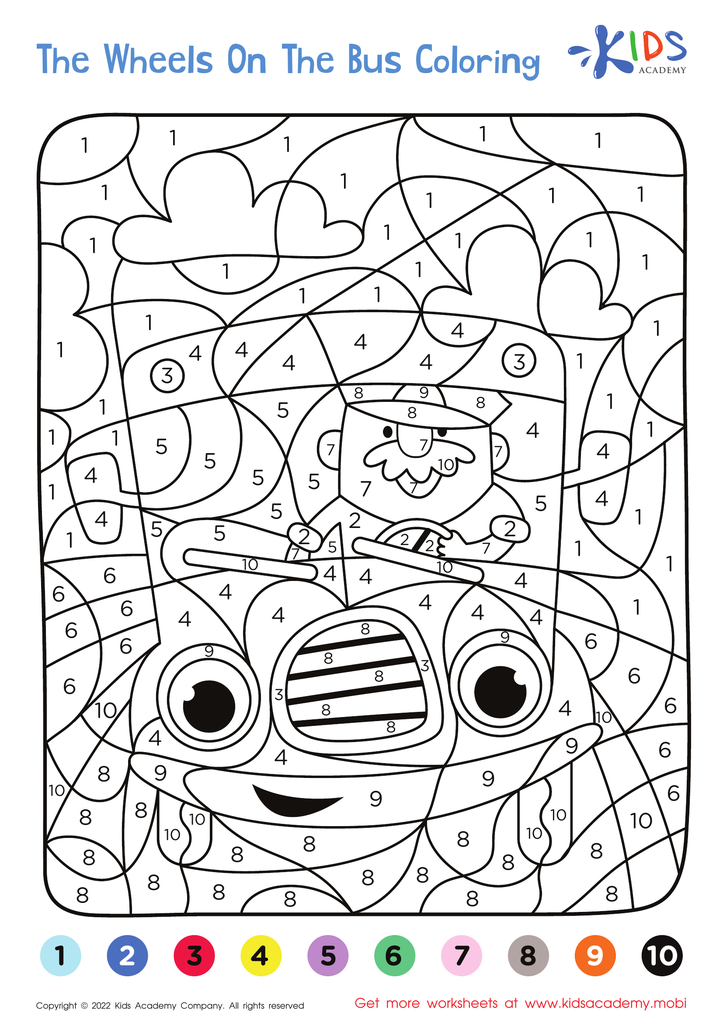

Wheels on the Bus – Coloring by Numbers
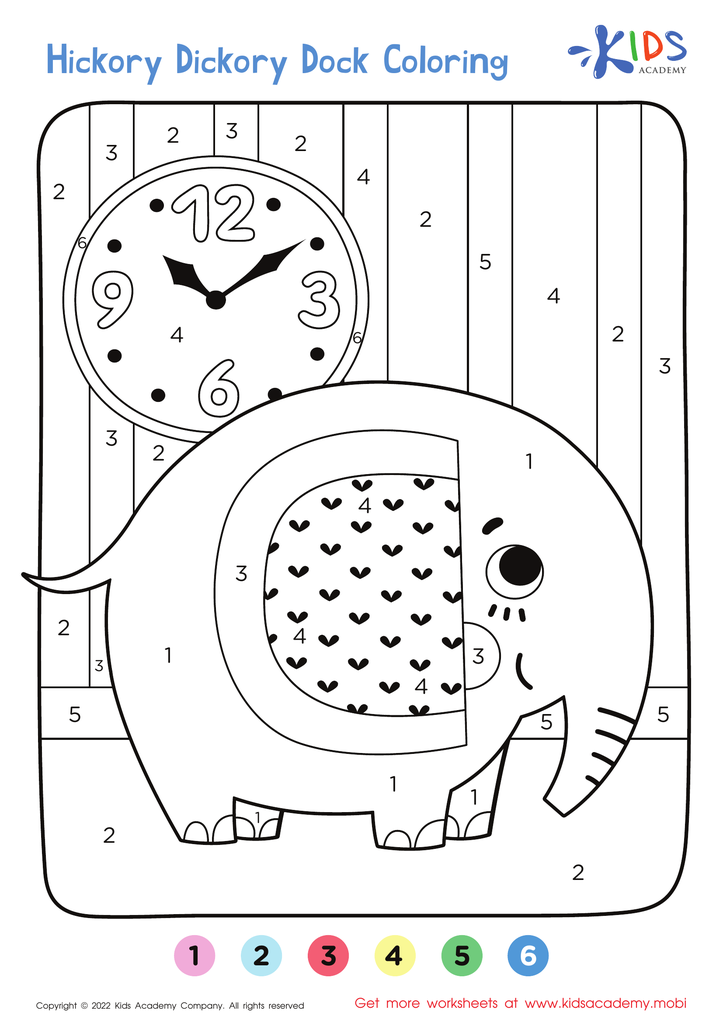

Hickory Dickory Dock – Coloring by Numbers
Number recognition is a foundational skill essential for young learners aged 4-9, as it sets the stage for mathematical understanding and overall academic success. Parents and teachers should care about this skill for several reasons.
Firstly, number recognition fosters early numeracy skills, a critical aspect of cognitive development. Children who can recognize numbers easily are better prepared to grasp concepts like counting, addition, and subtraction, which are introduced in later grades. Moreover, a strong foundation in number recognition can boost their confidence in math, reducing anxiety associated with mathematical tasks in the future.
Secondly, number recognition promotes problem-solving abilities and logical thinking. When children familiarize themselves with numbers, they gain the skills needed to solve real-world problems, enhancing critical thinking.
Additionally, number recognition forms the basis of many activities in daily life, from reading price tags and clock times to managing money and time. Educators and caregivers play a vital role in integrating number recognition into play-based activities, making learning engaging and effective.
By nurturing number recognition, adults not only prepare children for academic success but also equip them with skills that extend beyond the classroom, paving the way for lifelong learning. Therefore, prioritizing this skill is crucial for the holistic development of young learners.
 Assign to My Students
Assign to My Students
